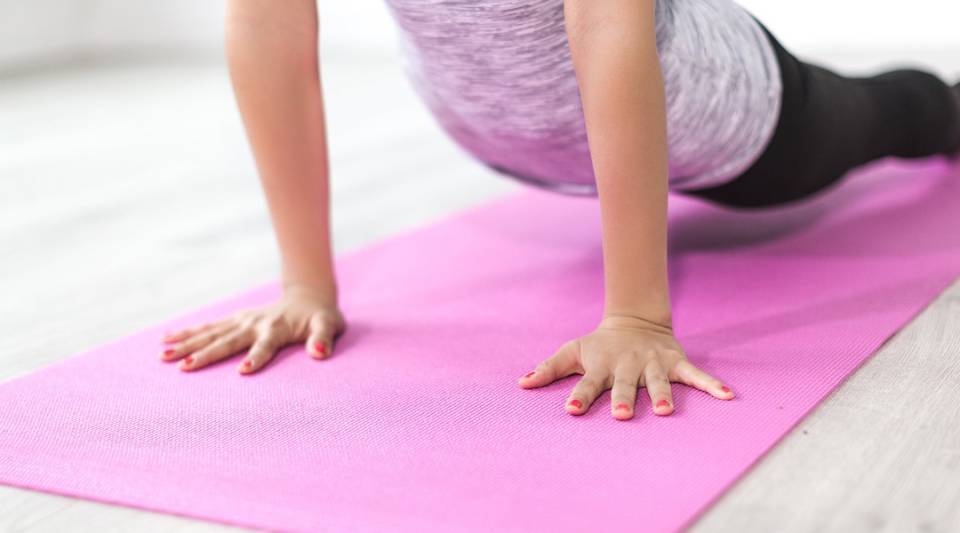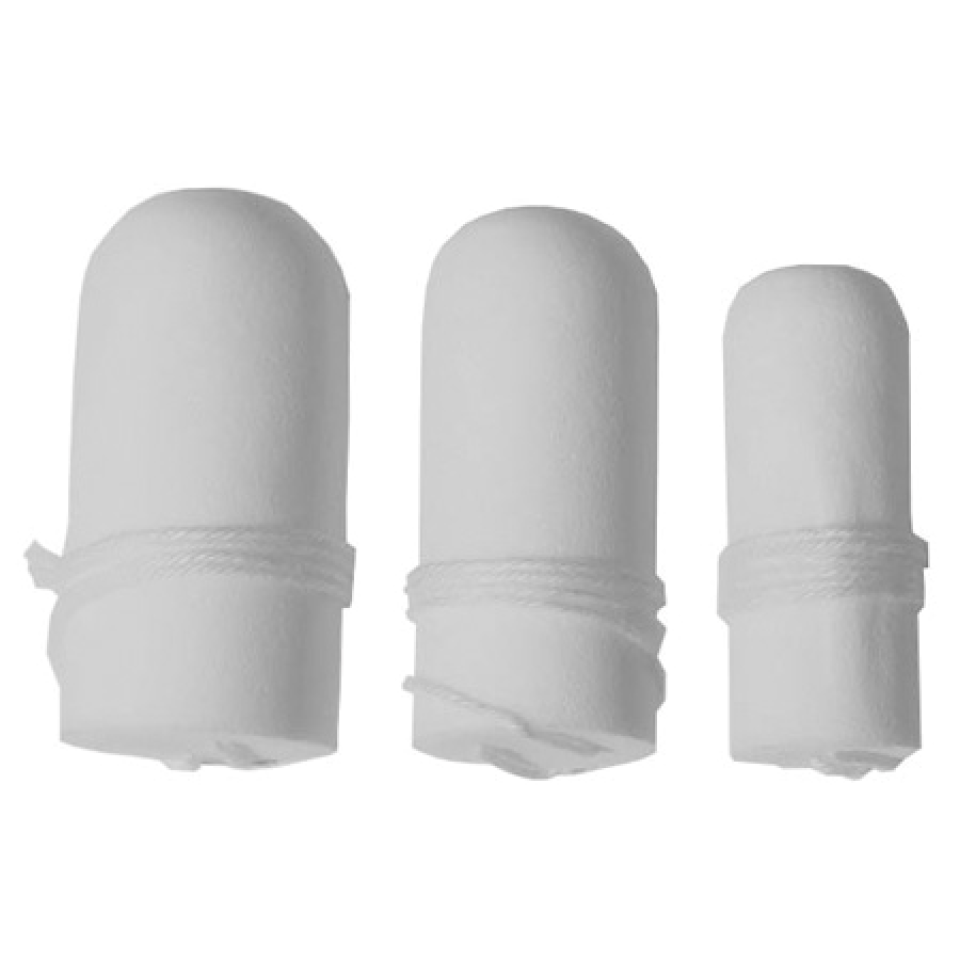18 January 2022
Frequently Asked Questions about Urinary Incontinence
Leaks of urine occurring after childbirth should not be considered normal, and nor are they a natural consequence of ageing. In both situations, and so long as there are involuntary losses of urine, you should visit an experienced professional; there is no need to hide it or feel ashamed, nor should you allow the problem to restrict your daily activities.
The muscles and other anatomical structures that form the pelvic floor, which support and promote correct function of the bladder, vagina and rectum, are all overloaded during pregnancy. These muscles are strained during childbirth and sometimes stretched to the maximum. In some women these muscles and the tissues around them never fully recover their tightness and the structures are weakened; this could favour the appearance of the symptoms of urinary incontinence and other problems associated with the pelvic floor.
During pregnancy and the first few months after childbirth, it is important for women to complete pelvic floor muscle strengthening exercises and also avoid any activities that could imply an excessive strain on this muscle group. Women should ensure that there pelvic floor muscles are well toned and present a good contraction and relaxation capacity, during both voluntary and reflex movements.
This is the key test for accurately diagnosing the type of urinary incontinence and other voiding dysfunctions. Its purpose is to measure how the bladder functions while it fills with fluid and during urination, similar to an “electrocardiogram” of the bladder.
It is a test performed by urologists to visualize the inside of the bladder and the urethra (the channel through which urine exits the body). A very thin video camera is used and inserted through the urethra.
While the operation may have resolved your urinary incontinence, you are still advised to maintain good muscular tone and continue practising the exercises regularly.
The recommended postoperative rest period is 4-6 weeks. Complete rest is not necessary, but you should avoid activities that involve physical exertion.
Every case is different. Treatment options can range from assimilating some lifestyle changes, completing pelvic floor muscle exercises, taking medicines or undergoing surgery. The latter option is only indicated in women with urinary incontinence due to strain.
It is worth remembering that a high percentage of women with urinary incontinence manage to cure or significantly improve their symptoms after receiving treatment.
The volume of fluids you drink is directly proportional to the volume of urine you produce. The correct volume is approximately 1.5 litres per day, taking into account that all the foods in a suitable diet also contain a variable amount of water.
If you have stress incontinence, then it is a good idea to empty the bladder before any planned activity involving physical strain (a session in the gym, walking, etc.).
You should moderate your consumption of alcoholic and fizzy drinks, coffee, tea, citrus fruits or chocolate. A decreased intake of these foods can help limit the number of incontinence episodes, especially in the case of women with urinary urgency or who have to urinate very frequently (overactive bladder).
Overweight and obesity are significant risk factors for incontinence as they translate into an excessive load on the pelvic floor structures causing them to be progressively stretched and weakened.
You should not attempt pelvic floor muscle exercises without first being assessed by the relevant professionals who shall confirm you can contract these muscles correctly.
Before starting the training programme, the therapist will assess your muscle tone and ability to perform the pelvic floor muscle contraction exercises correctly. They shall then use this initial evaluation to plan a personalised exercise programme for you.
Individuals who learn with a leaflet usually do the exercises incorrectly; this can aggravate the problem.
They do not require any special time period; you can train the muscles at any time of the day and incorporate the exercises into your daily routine. For example, on the bus to work, in the shower, while you are cooking, watching television, etc.
No. The best way of doing the exercises is to close the anal opening, as if you were trying to stop gases from escaping, and at the same time close the vaginal opening. Stopping the flow of urine while on the toilet is a good way of identifying the pelvic floor muscles, but you should not practise the exercises while urinating.
The pelvic floor muscles can be exercised in different positions (sat down, stood up, in the foetal position, etc.); each individual should find their most comfortable position.
¿Por qué se produce la incontinencia urinaria?
Substantiated information by:



Published: 20 February 2018
Updated: 17 July 2025
Subscribe
Receive the latest updates related to this content.
(*) Mandatory fields
Thank you for subscribing!
If this is the first time you subscribe you will receive a confirmation email, check your inbox

